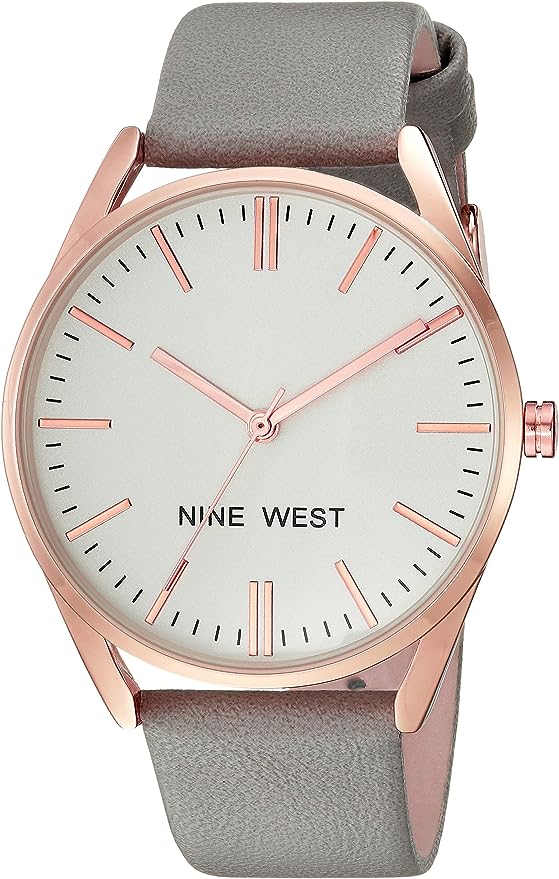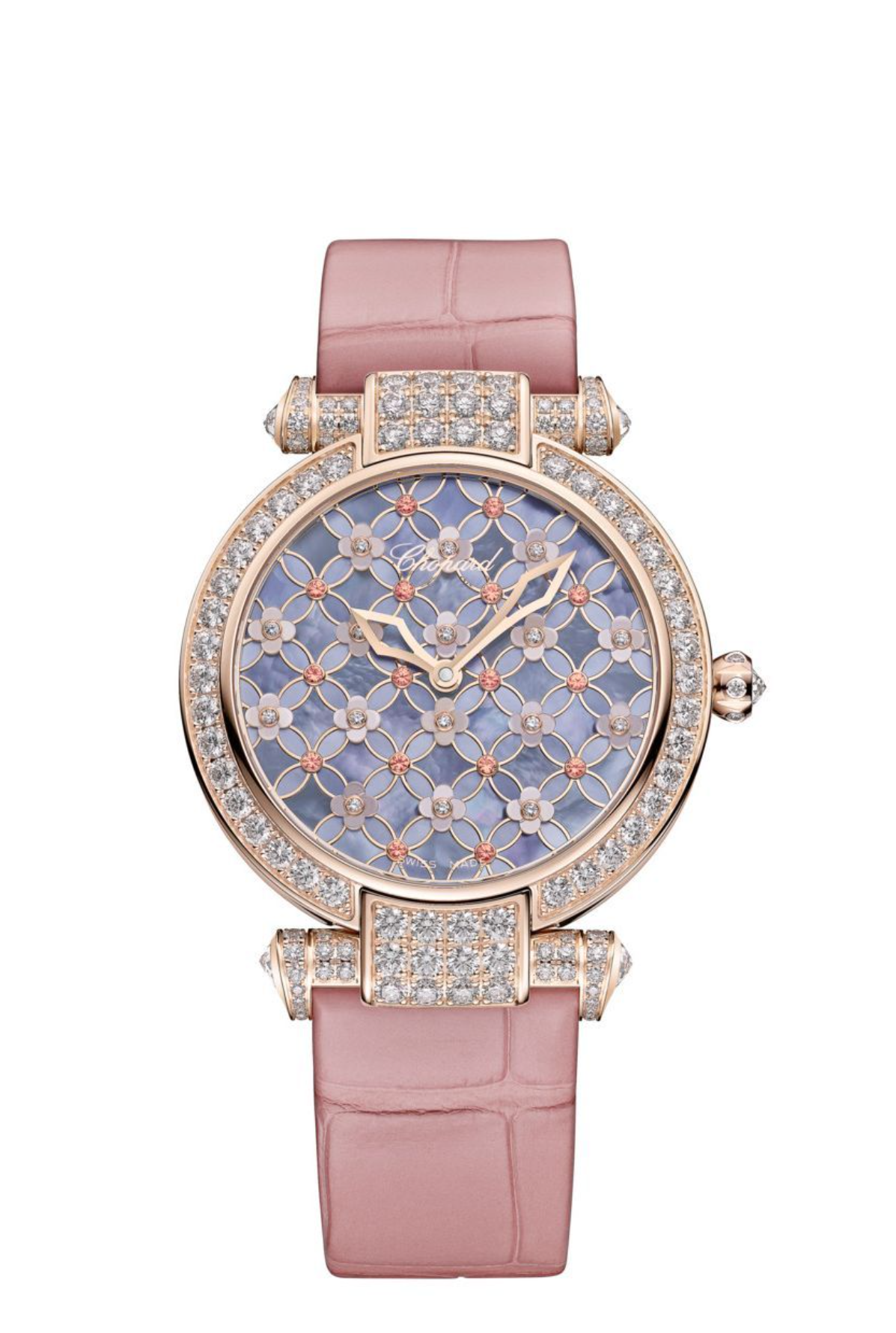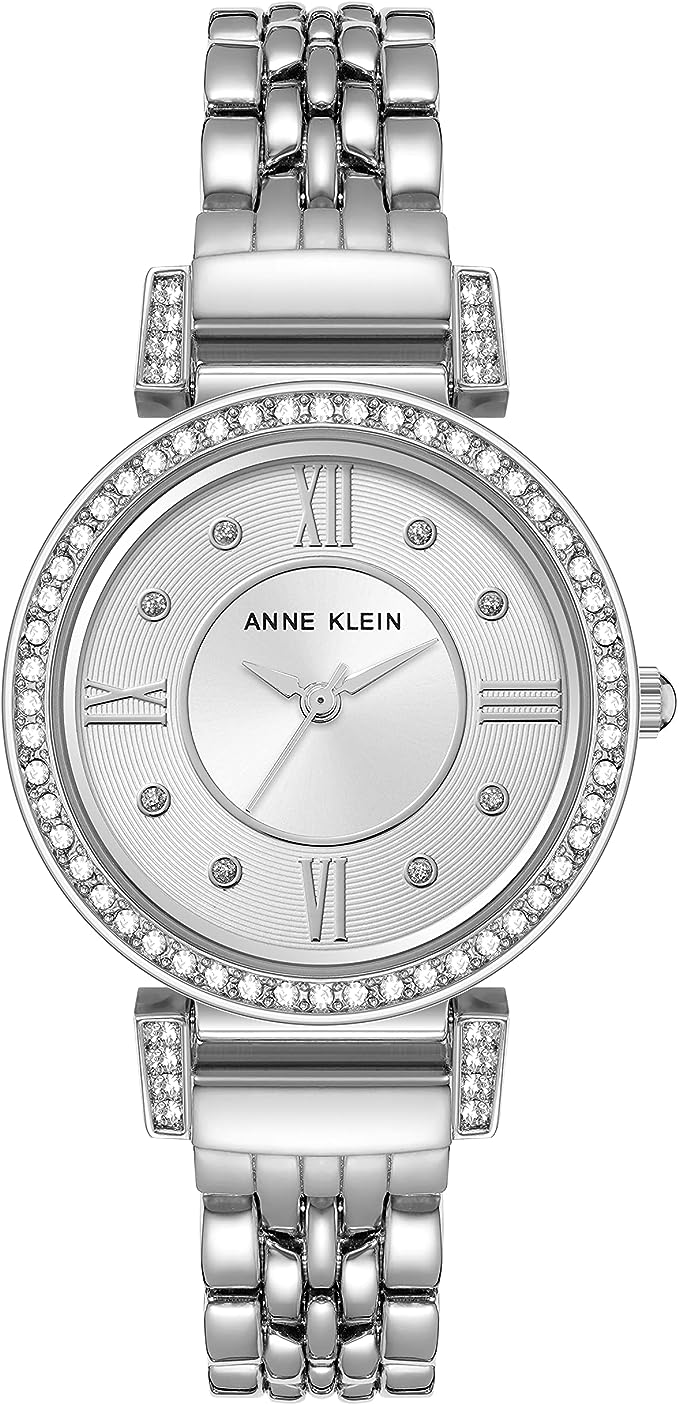In 1972, Audemars Piguet launched the Royal Oak, designed overnight by legendary designer Gérald Genta. This wasn’t just a watch; it marked the beginning of the era of luxury sports watches. It boldly broke with the traditional reliance on precious metals for luxury watches, showcasing top-tier craftsmanship and avant-garde design in stainless steel, ushering in a new chapter in modern haute horlogerie.
Origins: Design Innovation That Challenges Convention
The story begins in 1970, when the watch market was reeling from the “Quartz Crisis,” putting traditional mechanical watches under pressure. Audemars Piguet management received a request from a distributor for a stainless steel watch that combined sporty functionality with luxurious elegance. Upon hearing the request, designer Gérald Genta quickly sketched out the iconic octagonal bezel, inspired by a diving helmet. With exposed screws, it exudes a powerful, industrial aesthetic. Its integrated bracelet and tapisserie dial have become iconic elements.
The watch’s name, “Royal Oak,” is derived from the British Royal Navy’s ship collection, symbolizing toughness and honor, aptly reflecting the watch’s durability and timeless quality.
Initial Debut: Market Shock and Doubt
At the 1972 Baselworld exhibition, the Royal Oak debuted in a large 39mm case (considered exceptional at the time) and priced at a hefty 3,300 Swiss francs, even higher than many gold watches. This revolutionary “steel watch” at the time caused a sensation and controversy in the industry.
Although early sales were hindered, with most traditional buyers and critics skeptical of luxury steel watches, a number of avant-garde artists and collectors recognized its potential and gradually embraced this new design style. The Royal Oak, with its unique aesthetic and mechanical excellence, gradually amassed a loyal following.
Development History: From Innovation to Classicism
Over time, the Royal Oak has continuously expanded its product line:
- Introduction of Precious Metal Versions
In 1977, Audemars Piguet began offering gold and two-tone models, satisfying traditional luxury patrons while broadening the Royal Oak’s appeal.
- First Women’s Model
In 1976, designer Jacqueline Dimier imbued the women’s watch with a unique touch of movement, continuing the octagonal design and enhancing the Royal Oak’s versatility.

- Complications and Movement Innovation
Starting in 1983, Audemars Piguet introduced models with movements featuring functions such as date and power reserve indicators, raising the bar for technical sophistication.
- The Royal Oak Offshore Collection
In 1993, the Royal Oak Offshore, with a larger case diameter (42mm) and a sportier look, was launched to cater to younger audiences. Despite initial controversy, it ultimately became a landmark in the luxury sports watch market.
Design and Craftsmanship: The Timeless Charm of Classic Details
The Royal Oak’s octagonal bezel, secured with screws, presents a challenging engineering challenge but creates an unparalleled visual impact. The bracelet incorporates a one-piece design concept, with each link meticulously hand-finished. The dial’s “tapisserie” pattern is not only beautiful but also demonstrates the watchmaker’s exquisite craftsmanship.
The evolution of the collection has never deviated from its original purpose: to combine sporty practicality with the traditions of fine watchmaking, creating a watch imbued with individuality and elegance.
Cultural Symbolism: Transforming the Relationship Between the Watch and the Wearer
As watch writer Bill Prince observes, the Royal Oak is more than just a timekeeping instrument; it ushers in a new era for watches as lifestyle symbols. It successfully combines the dual identity of ruggedness and fine watchmaking artistry, suitable for both everyday wear and social occasions.
This design philosophy has inspired countless subsequent luxury sports watches and solidified Audemars Piguet’s leadership in the global fine watchmaking world.
Since its launch in 1972, the Audemars Piguet Royal Oak has redefined the standard of luxury sports watches through its fearless innovation and exquisite craftsmanship. It is not only a milestone in the history of watch design, but also a cultural symbol that transcends time and remains timeless.


















